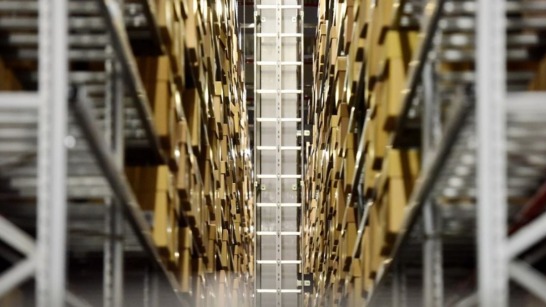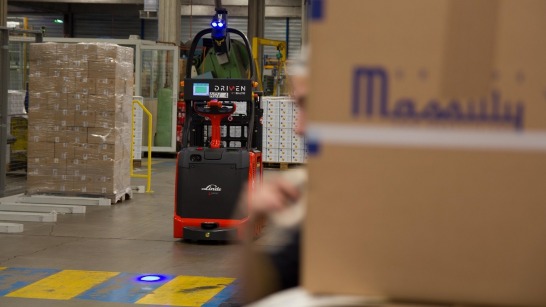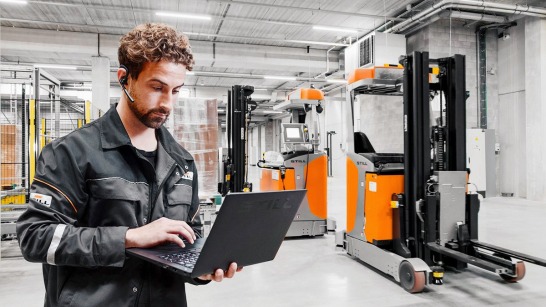
The KION Group Offers Every Type of Warehouse
Small parts, pallets, or piece goods? Space-saving, energy-efficient, or designed for maximum throughput? Modern warehouses offer a tremendous diversity of possibilities. What are the respective advantages and disadvantages? We provide an overview of the most important storage solutions that are used depending on the requirements.
2025-07-16






